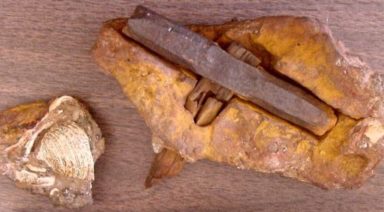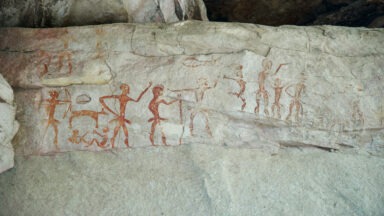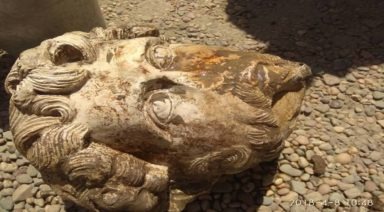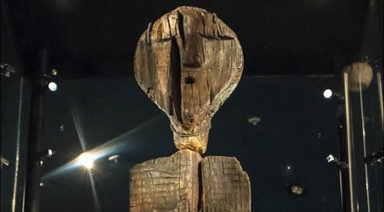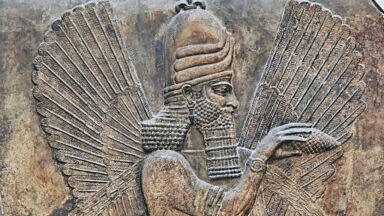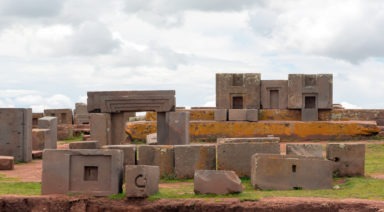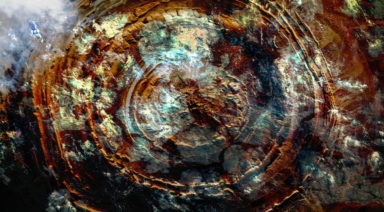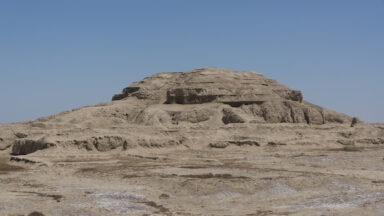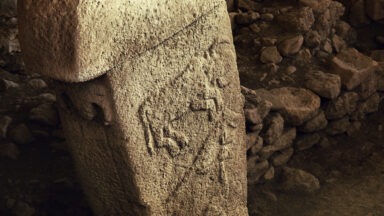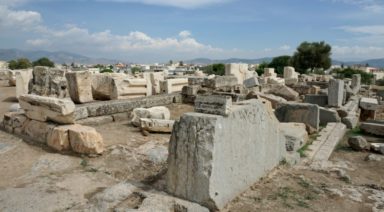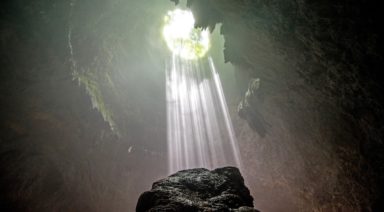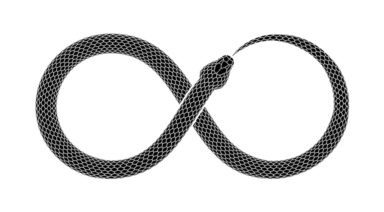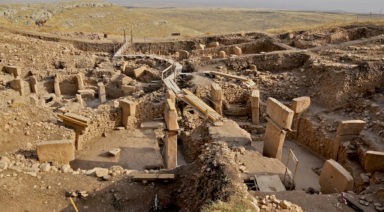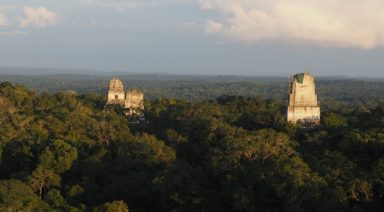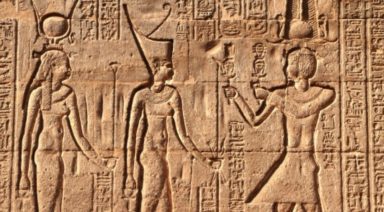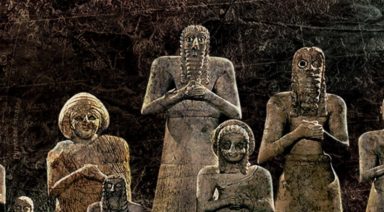19-Mile Impact Crater Found In Greenland May Confirm Great Flood
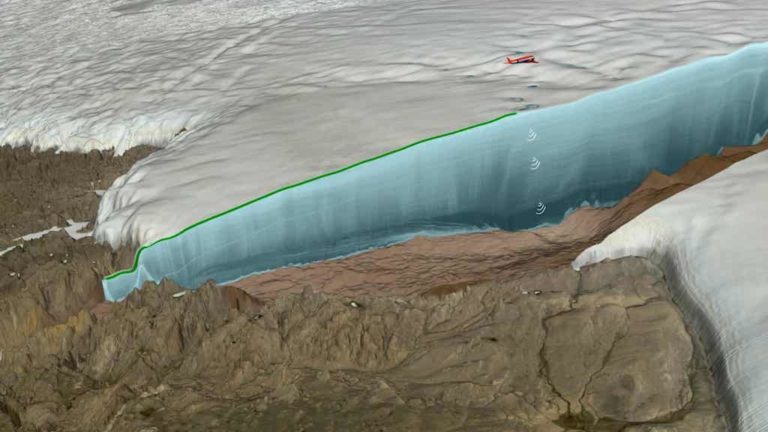
A 19-mile wide impact crater was discovered half a mile beneath a Greenland ice sheet, offering scientists and archeologists proof that a mile-wide meteorite impacted the planet’s northern ice cap more than 12,000 years ago.
The discovery appears to support a contentious theory proposed by researchers, including Graham Hancock and Dr. Robert Schoch, who believe such a cataclysmic impact may have wiped out a lost civilization that predated the accepted timeline of mainstream archeology.
“You have to go back 40 million years to find a crater of the same size, so this is a rare, rare occurrence in Earth’s history,” Kurt Kjær, of the Natural History Museum of Denmark in Copenhagen, told The Guardian.
According to researchers involved in the study, the asteroid impacted an area known as the Hiawatha glacier, on the northwestern side of Greenland. Traveling at a speed of 12 miles per second, the iron space rock slammed into Earth with the force of about 47 million times the energy released by Little Boy, the nuclear bomb dropped on Hiroshima during WWII. The meteorite ranks within the top 25 largest meteorites to ever have impacted Earth.
The force of the impact would have melted large amounts of ice, causing sea levels to rise, and debris to be catapulted high into the air. This dust and detritus would have resulted in a nuclear winter, leaving heavy particulate matter hanging in the atmosphere for hundreds of years, before settling and allowing sunlight to reach the planet’s surface again.
Early evidence of such an impact was found in 2015 when scientists noticed that ice samples taken from the glacier showed signs of an impact. Unsurprisingly, around this time temperatures dropped abnormally following the end of the last ice age, throwing Earth’s climate back into an even more severe ice age known as the Younger Dryas.
But before finding evidence of such a cataclysmic event, scientists were unsure of what could have caused the drastic swing in temperature.
“Archeologists tend to be uniformitarians, they don’t really like cataclysms very much,” Hancock said. “And they don’t, in my view, take enough account of the role of cataclysmic events in the story of human civilization.”
Years before this data became apparent, Hancock proposed a cataclysmic event much like this, believing it could explain anomalous evidence of an ancient civilization predating the Egyptians and Sumerians by thousands of years. The theory, known as the Younger Dryas Impact Hypothesis, supported the possibility that such an apocalyptic event could provide evidence for the existence of a lost civilization, such as Atlantis.
According to Hancock, the dust launched into the atmosphere from the asteroid’s impact likely lingered for as long as 1,600 years before temperatures began to rise. This led to massive amounts of melted ice as the cold subsided, which in turn caused sea levels to rise.
This period of around 11,600 years ago, corresponds almost exactly with the period Plato mentions as the era in which Atlantis was destroyed.
“Plato said Atlantis was destroyed by a giant flood and earthquakes 9,000 years before the time of Solon (an Athenian statesmen). Solon is 600 BC, so that’s 9,600 BC, which is 11,600 years ago – that is the end of the Younger Dryas. How could Plato have made that up?”
For more on Graham Hancock’s Younger Dryas Impact Hypothesis watch this episode of Disclosure :
The London Hammer: Is It An Out of Place Artifact?
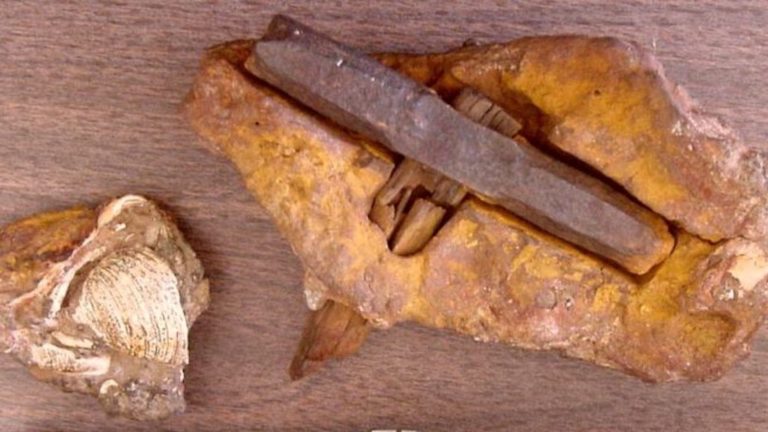
What could be so unusual or controversial about the discovery of an iron hammer encased in ancient rock? After all, archaeologists have discovered historical artifacts for as long as humans have been searching for their ancient roots. But what happens when an object defies historical study and appears to exist as a kind of time traveler in the mysterious realms between worlds? For what is known as the “London Hammer,” the world has been wrangling with a seemingly ordinary household tool steeped in mystery, archaeological wonder, and with many unanswered questions.
Alleged to date back more than 400 million years, the London Hammer, or as it is also called the London Artifact, can be looked at as a study of how the modern and ancient worlds can connect and collide. How else can we explain that an obviously human-made instrument linked to the late 1800s that never rusted despite the wood transforming into coal?
How could the London Hammer withstand typical aging impacts like oxidation, and what explanations exist for its discovery in a rock formation predating human existence? Perhaps it’s best to begin with its claimed discovery location – the small town of London, Texas.
London Hammer — From Texas to the World Stage
For Max and Emma Hahn, it was a summer day like many others. In 1936, the Texas couple took a hike along Red Creek near London, Texas, a tiny community located in the center of the Lone Star State. But the hike turned out to be like no other the Hahns had ever experienced. Not because of the weather or the beauty of the landscape but because they discovered a strange piece of wood encased in what seemed to be an unusual formation of rock.


